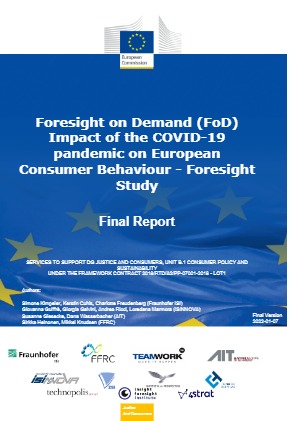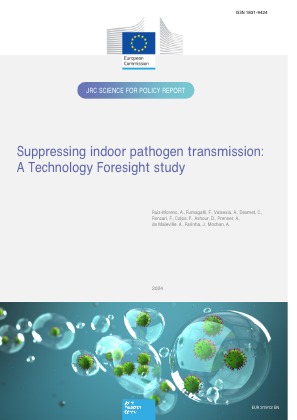Last Edited: 5 months ago
Futures of Food Consumption in 2035 in Europe: On Sustainability, Health and Technology1December 2023 - November 2024
Futures of Food
Supported by the European Union (EU), EIT Food is the world’s largest food innovation community – its mission is three-fold aiming at healthier lives through food, a net zero food system and reducing risk for a fair and resilient food system. Its Consumer Observatory is Europe’s central hub for current and future consumer insights on agrifood topics. The observatory has identified general and consumer-specific trends and other driving forces, which were used as a starting point for this scenario work. During the summer and autumn 2024, Insight Foresight Institute organised online workshops to develop four alternative future scenarios and their implications to stakeholders.
Scenarios are not predictions of the likely future, but they depict possible futures. Exploring alternative scenarios helps to expand one’s own span of observation further towards the future, and to possible threats and opportunities that otherwise might not be in the immediate attention span, or just being excluded for being unlikely. While the scenarios often consist of a possible future state and the pathway from the present to that future, in this case, our narratives of the future (written in the present tense, as if we were already in the future) describe each a different day in 2035.
The work focuses on the futures of food consumption and the agrifood ecosystem in 2035 in Europe, specifically with regards to emerging technological opportunities for new products and retail experiences as well as to (un)sustainable and (un)healthy consumer choices. These dimensions provided a structure that ensured that each of the four scenarios was truly different:
• Scenario A: GREEN AND ME - A Day in European High-Tech Food Ecosystem in 2035
• Scenario B: FRUGAL AND LOCAL - A Day in European Localized Food Sector Driven by Community Values in 2035
• Scenario C: COST AND CONTROL - A Day in European Decayed Food Ecosystem Focused on Industrial Efficiency in 2035
• Scenario D: HIGHS AND LOWS - A Day in European Unequal High-Tech Food Ecosystem in 2035.
We conclude the paper by reflecting on the scenarios and their implications to decision-makers today.
Posted on: 08/07/2025




